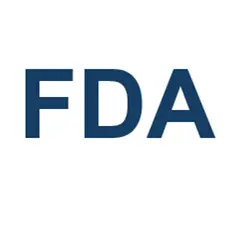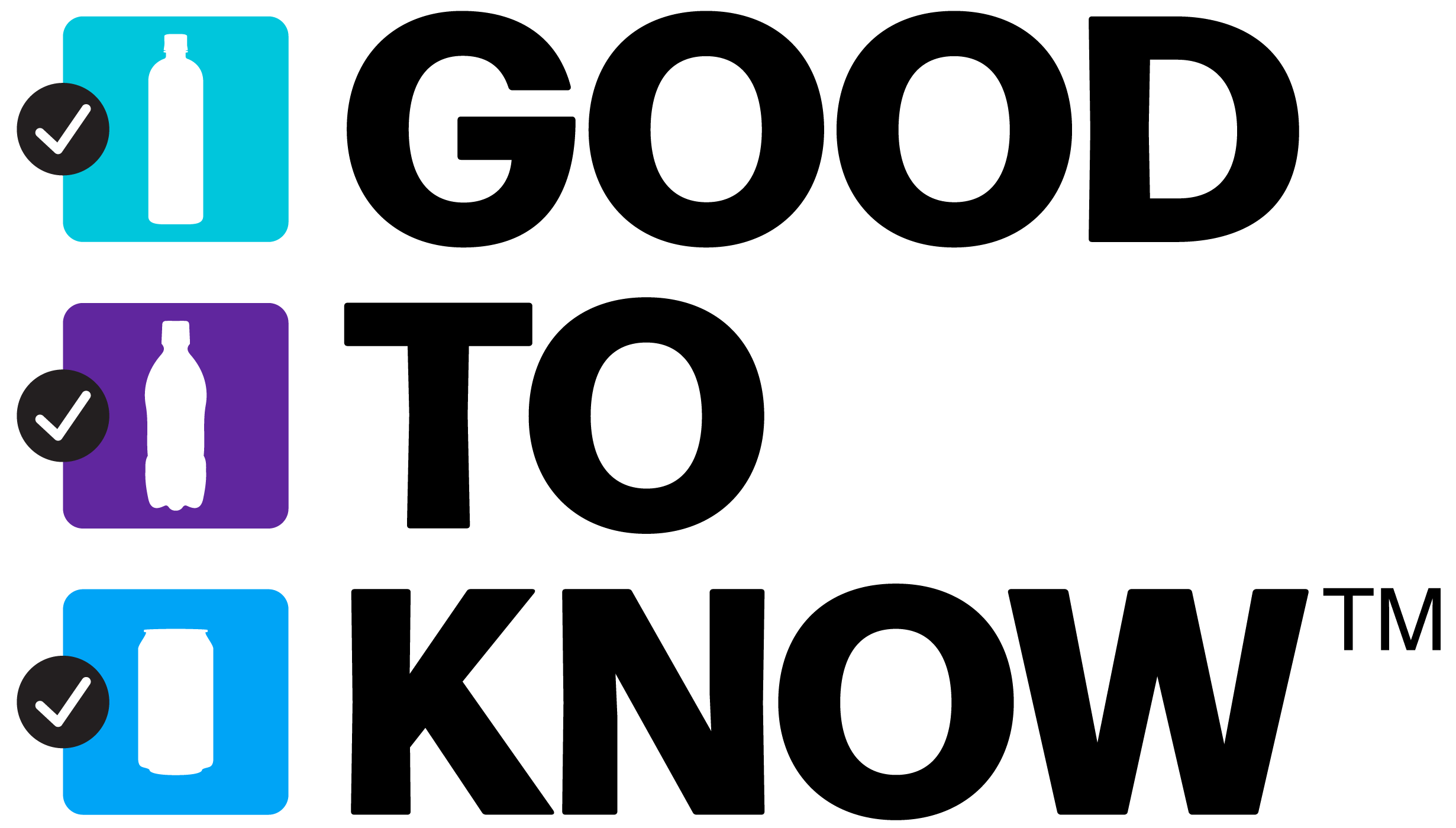Riboflavin is a water-soluble B vitamin essential for various bodily functions including energy production and cell growth. Riboflavin is a micronutrient that is naturally present in some foods, added to some food products as a nutrient or a color and available as a dietary supplement.
Riboflavin (Vitamin B2)
Found In
- Beverages
- Breads
- Cereals
- Dairy products
- Eggs
- Green leafy vegetables
- Meat
- Mushrooms
- Nuts
- Seeds
- Yeast
Also Known As
- E101
- Lactoflavin
- Riboflavine
The Beverage Bottom Line
Riboflavin (vitamin B2) is authorized for use in the U.S., Europe and Canada.
This ingredient may have authorizations in countries not included on this site.
International Assessments and Authorizations

U.S. Food And Drug Administration (FDA)
Safe for intended uses. (FDA Approved, GRAS FDA-Affirmed)
In 2006, dietary reference intakes for riboflavin were reviewed by the National Academies of Sciences, Engineering and Medicine.
In 1983, FDA affirmed riboflavin and riboflavin-5’-phosphate as GRAS for general use.
In 1979, health aspects of riboflavin and riboflavin-5’-phosphate as food ingredients were evaluated.

Health Canada
Safe for intended uses. Riboflavin (vitamin B2) is permitted for use as a supplemented ingredient or as a color.
In 2006, dietary reference intakes for riboflavin were reviewed by the National Academies of Sciences, Engineering and Medicine.
This page was last updated on 6/30/2025.


